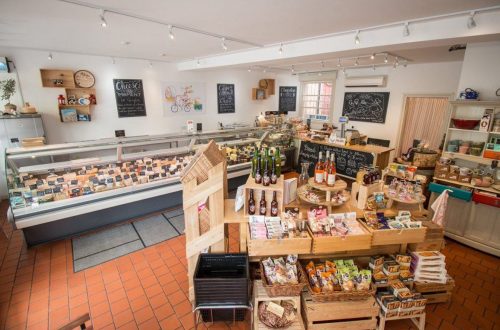Finding the right office space isn’t just about choosing a location for desks and chairs. For startups, small businesses, and remote teams transitioning into physical spaces, an inspiring office can significantly impact productivity, collaboration, and overall workplace satisfaction. A well-designed workspace not only promotes a better workflow but also reflects a company’s identity, helping to attract and retain top talent. Below, we explore key ways creative office spaces can breathe life into any work environment.
Enhancing Productivity and Collaboration
Creative office space is designed with functionality in mind, encouraging teams to collaborate seamlessly. Open-plan layouts, for instance, remove barriers between team members, enabling ideas to flow freely. Google’s offices are a prime example of how providing dedicated collaborative zones supports innovation. Meanwhile, quiet areas or pod-style spaces offer individuals privacy for focused tasks, catering to diverse work needs. Striking the right balance between teamwork and solitary work environments can lead to greater productivity across the board.
Reflecting Company Culture
An office environment often acts as a reflection of the organisation’s culture and vision. Modern businesses, particularly startups, are increasingly focusing on representing themselves visibly through their physical space. Whether it’s through themed meeting rooms like Airbnb’s travel-inspired designs or adding unconventional furniture for brainstorming sessions, these spaces build connections between employees and the company’s ethos. Businesses able to integrate such elements into their designs not only reinforce their identity but make employees feel more connected to their roles.
Flexible Layouts for Dynamic Needs
The workforce is more diverse than ever, bringing with it different work styles and preferences. Flexibility within an office space has become incredibly important to accommodate various tasks. Co-working spaces such as WeWork have championed the concept of dynamism by featuring flexible desk arrangements and multifunctional rooms. Employees might prefer choosing between hot desks, breakout zones, or comfortable lounge chairs for brainstorming sessions. Giving professionals the freedom to work in ways that suit their productivity results in improved overall efficiency.
Cost-Effective Design Solutions
Creating an inspiring office space needn’t require an enormous budget. Many businesses have achieved striking environments by leveraging cost-effective design principles. Incorporating natural elements through biophilic design is a great example; features like natural lighting, textured wooden furniture, or indoor plants can evoke calmness and creativity. Drawing from eco-friendly principles not only mitigates costs but also reduces environmental impact. A space that makes employees feel inspired to work doesn’t always require extravagant expenses.
Importance of Location and Accessibility
An office may look impressive on the inside, but its location matters just as much. Startups and small businesses looking to attract talent will benefit from considering areas that are highly accessible. Easy transport links and proximity to amenities such as cafés or fitness centres create convenience, which factors into employees’ overall satisfaction. Choosing an accessible area will make an organisation more appealing to both staff and clients.
Realising the Potential of Technology
Modern offices are also beginning to integrate advanced technology to provide workers with seamless comfort. Smart offices equipped with adaptive lighting, temperature control, and touchless systems can improve both convenience and energy efficiency. These tech advances cater to employee needs in real time, ensuring workspace functionality aligns with comfort. For digitally-driven teams, staying ahead technologically marks a commitment to creating empowered, future-ready employees.
Creative office spaces go far beyond aesthetics. They’re capable of fostering an environment where professionals thrive, ideas flourish, and businesses grow. By focusing on strategic design choices, businesses can reshape their approach to workspaces while setting the stage for a motivated and engaged workforce.





